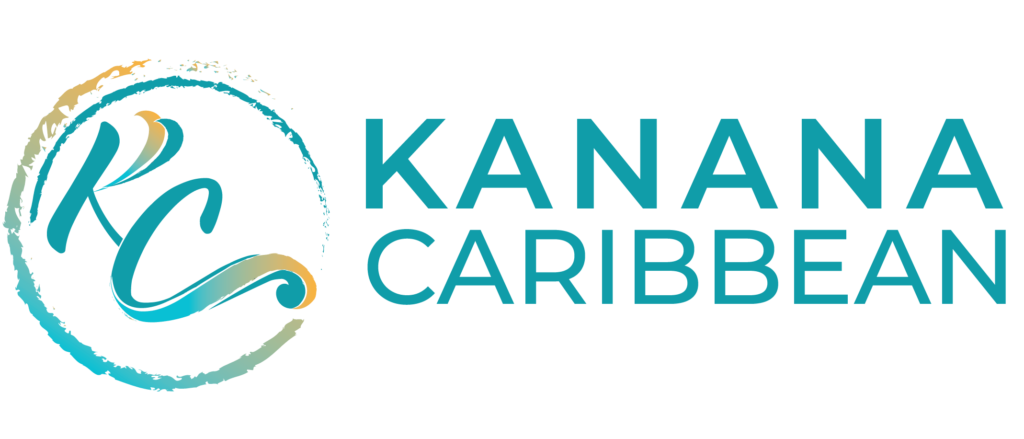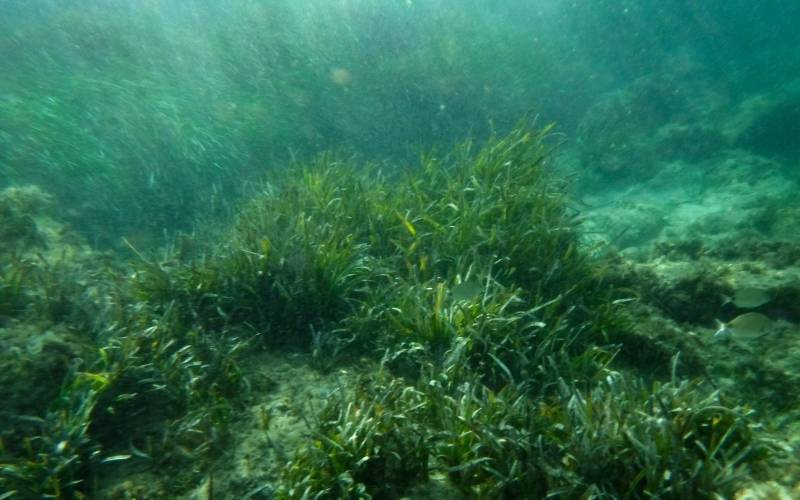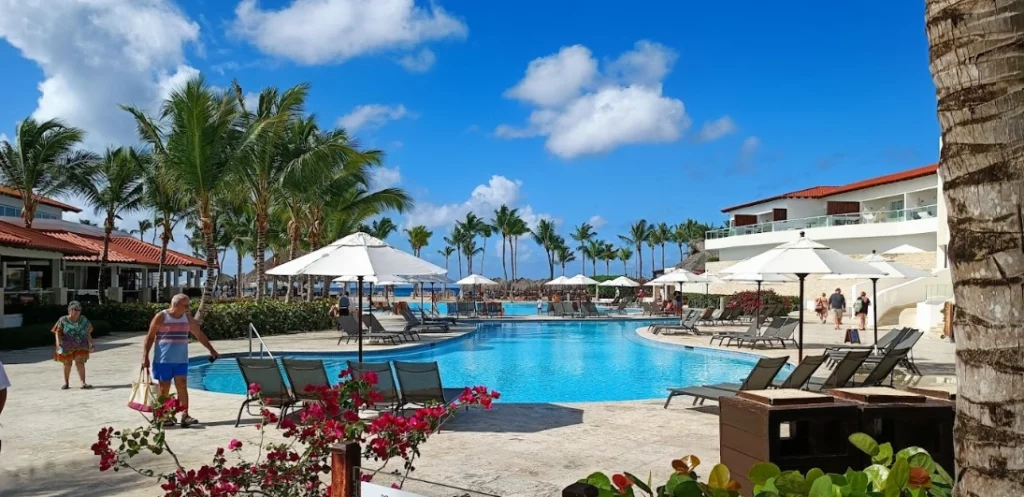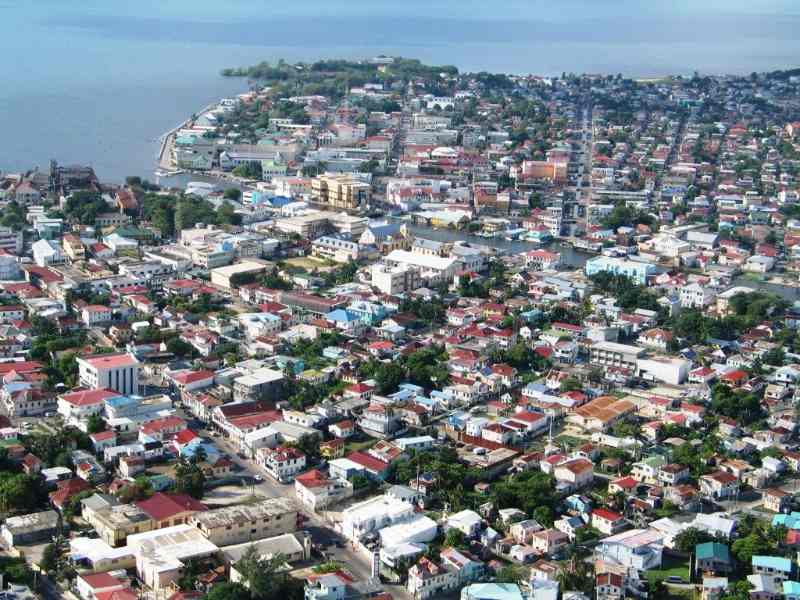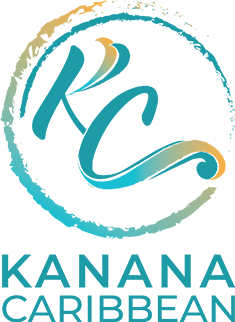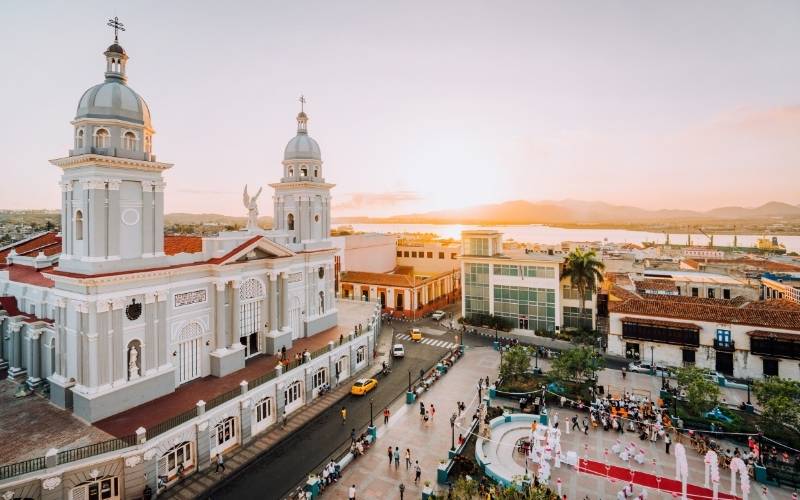
Home » Exploring the Different Bahamas Culture
Exploring the Different Bahamas Culture
The Bahamas culture has evolved over generations from a blend of mostly African and some British and American influences, resulting in a distinct and colorful style of Bahamian self-expression. The Bahamas culture is known for its friendliness, openness, and informality.
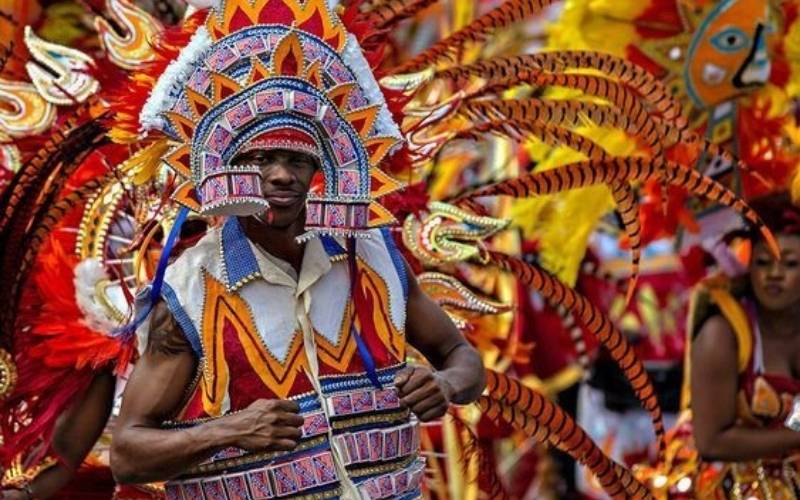
They are, however, very polite and maintain a sense of decorum. Hospitality is an extension of this, and they enjoy getting to know new people, greeting strangers, and inviting strangers into their homes. The most common way to start a relationship is to share a meal.
Bahamians are deeply religious, with Christianity being the most widely practiced religion in the country. The Bahamian Constitution, on the other hand, guarantees freedom of expression. Goombay, Rake ‘n’ Scrape, and Junkanoo is three indigenous forms of music and dance in the Bahamas. The Bahamas’ history and heritage have resulted in a diverse culture rich with customs that remind visitors of The Bahamas’ love for celebration and community.
Junkanoo drums, calypso, rake ‘n’ scrape, and an overall Caribbean flavor provide visitors with a true taste of The Bahamas’ culture.
Hypnotizing Melody of Goombay Music
Table of Contents
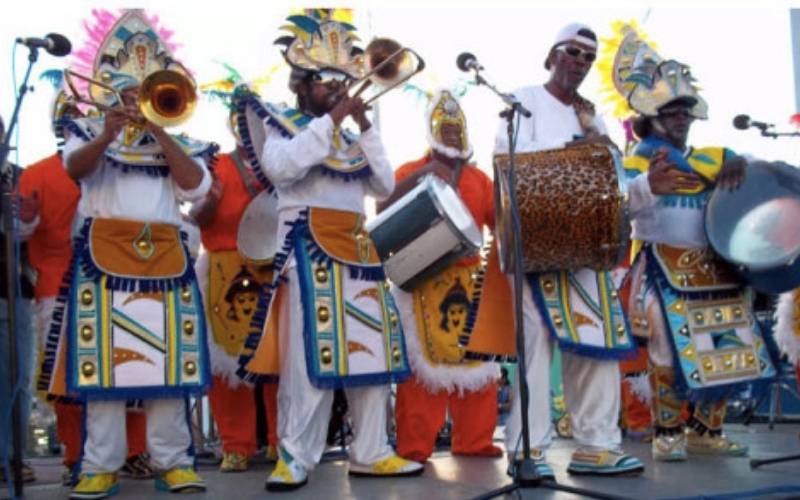
The Bahamas’ official music and dance are Goombay. Goombay is a musical method of storytelling and dancing with a tropical calypso-style melody that is frequently performed by The Bahamas’ renowned rake and scrape bands. Goombay is a huge part of the Bahamas culture.
Rake and scrape music arose during the time of slavery in the Bahamas when slaves made music with the few resources they had. They used commonplace instruments to create a distinct sound that would be remembered by future generations.
Drums were made from pork barrels and goatskin, bass violins from washtubs and strings, and the rake and scrape sound was created using a carpenter’s saw scraped with a metal file. The music of the Bahamas is a reflection of generations of hardship and celebration, blending and fine-tuning the sounds of Reggae, Calypso, Soca, Merengue, and Goombay to create a distinct tropical sound.
‘Goombay’ music is one of the earliest indigenous forms of Bahamian music, having originated with its Afro-descendant population in the form of a drumbeat rhythm and was used by many early Bahamian musicians and composers such as Blind Blake, George Symonette, and Eloise Lewis.
‘Rake and Scrape’ originated on the family island of Cat Island as a hybrid form of European and African music cultures. It is a popular folk music form among Bahamians and has been used as a classical folk form by various Bahamian composers for various traditional folk musicals, folk plays, and folk operas. It is also used to accompany the ‘quadrille, maypole plaiting, and other folk dance forms.’
Dancing to the Beat of the Island Music of The Bahamas

With the rise of tourism and a significant population shift in the 1940s, a significant part of Bahamian culture was lost as social dances and the music that accompanied them fell out of favor.
However, with the push for national independence in 1969 came a gradual resurgence of the Bahamian culture. The genre lives on, reinforcing postcolonial identity and a nearly extinct cultural heritage.
Rake and scrape music has inspired unique dance forms that are still practiced in The Bahamas culture today. The Bahamian Quadrille and the Heel and Toe Polka are the country’s two most traditional dances, each transforming a traditional European dance into a Bahamian form of artistic expression.
The dance in the Bahamas is closely mirrored by the tantalizing sounds of Goombay, with two lines of men and women dancing in synchronized rhythm. Men will traditionally stomp their feet on the ground in time with the slap-sounding notes of the music.
Living in The Bahamas isn’t the only way to hear Goombay’s sweet sounds. Visitors will quickly get a sense of how well each of The Bahamas’ islands preserves its beloved music and dance by walking around the island of Bimini. Goombay lives in the streets, neighborhoods, and along the ocean’s edge, providing tourists with a tangible sense of the Bahamas’ incredibly unique culture.
Experiencing the Energy of Junkanoo in The Bahamas

Junkanoo is the most indigenous and distinctive feature of Bahamian culture. It is a type of music and dance that originated in the Bahamas during the slave era.
It has remained remarkably unchanged over the years, with colorful costumes, goatskin drums, clanging cowbells, whistles, and horns. The parade moves in a low, rhythmic dance known as rushing. The festival is traditionally held in the early hours of Boxing Day (26 December) and New Year’s Day, concluding at sunrise. In a fierce competition that captures the spirit of all Bahamians at this very special time of year, the paraders ‘rush’ in organized groups and are judged on costume theme and performance.
Art is another important aspect of Bahamian culture. The vibrant colors and dramatic themes of Bahamas Junkanoo form the foundation of this artistic expression, but the lifestyle, social struggles, strong religious influences, and breathtaking natural beauty also have a strong influence. Several Bahamian artists’ work has received international attention.
The Bahamas has also been extremely successful in the international sporting world, winning medals/awards in athletics, yachting, boxing, tennis, and swimming at the Olympics and other international sporting events.
Experience Otherworldly Flavors of Bahamas Food Culture
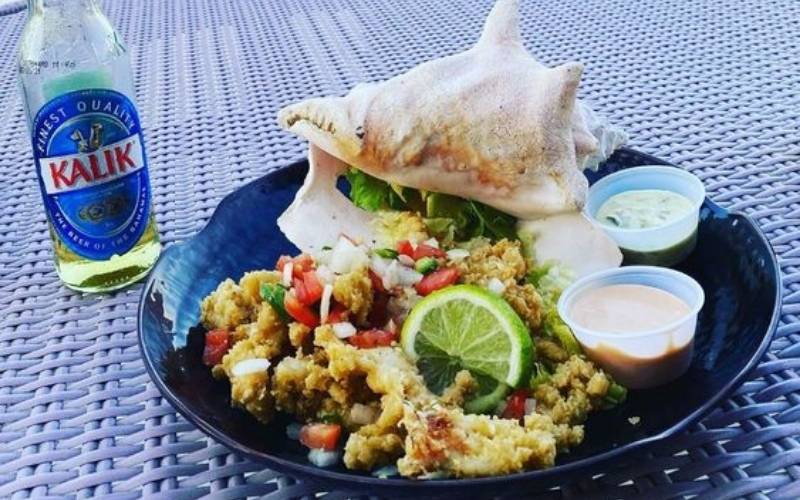
Bahamian cuisine is a mash-up of southern American (think cornbread, peas, and rice) and Caribbean (think spicy seafood) flavors.
What distinguishes Bahamian cuisine is the island’s love of spices. To achieve the ideal flavoring and coloring of some of the most popular dishes, proper spicing is essential in Bahamian cuisine. Check out these 10 traditional dishes of the Bahamas that you won’t want to miss on your next Caribbean cruise.
The Bahamas is well-known for its scenic beauty and tropical weather all year. It’s also a great place for foodies, thanks to the strong flavors and tasty dishes. Some shellfish, seafood, fresh fruit, and traditional sides are found throughout the Caribbean, while others are unique to the Bahamas. Some of the most well-known dishes feature conch (pronounced “konk”), the chewy, textured meat of a sea snail. But there’s a lot more. Try these traditional dishes made with conch, rum, and other key ingredients native to the islands.
Grab a piece of Johnny cake if you’re craving something sweet. Its flavor is derived from a few simple ingredients: flour, milk, butter, sugar, and baking powder. This dense bread is typically eaten as a snack or side dish and is best served in wedge-shaped pieces straight from the oven. It’s thought to have been invented by indigenous North Americans and brought to the Bahamas during the mid-Atlantic slave trade.
A trip to the Bahamas isn’t complete unless you try conch, a Bahamian staple used in a variety of dishes. Conch salad, an acidic dish made with diced conch meat and chopped green pepper, onion, and tomato that’s tossed with a marinade of fresh lime, lemon, and orange juice, is one of the most well-known. On a hot day, the colorful dish is a refreshing treat, especially when sprinkled with salt and pepper and sat back to let the citrus explosion dominate your taste buds.
Chicken souse is a filling soup made with onions, bell peppers, potatoes, carrots, celery, and lime juice. Chicken is commonly used, but don’t be afraid to experiment with other ingredients such as pig’s feet or sheep’s tongue. To spice it up, add some hot pepper, or simply enjoy the clear broth as is. The aroma of the simmering ingredients will have you reaching for a bowl (or two) before the vegetables are tender.
Take in the flavors of local Bahamian cuisine while visiting a port on a Caribbean cruise. You’ll return feeling revitalized and renewed.
KEY TAKEAWAYS ...🛪
The Bahamas has numerous celebrations throughout the year. If you’ve ever seen a Bahamas Junkanoo parade on one of the islands, you’ll understand how much locals and tourists alike adore Bahamian holidays (but we will get to that later).
Independence Day is observed on July 10th, the day the Bahamas officially separated from the United Kingdom. A week of celebrations often precedes the day, with parades, special Bahamian food, fireworks, and other events.
Junkanoo is the most authentic expression of Bahamian culture. Locals can express themselves through loud music in the Bahamas, high-energy dancing, joyful singing, and colorful art during festivals. It is one of three original forms of Indigenous music and dance, along with Goombay and Rake ‘n’ Scrape.
A Bahamas Junkanoo celebration is synonymous with goatskin drums, cowbells, and whistles, as well as ‘rushin’ to the music,’ reflecting the nation’s beating heart. Much of the art and music in The Bahamas has historical influences from Africa, Arawakan, and Christianity.
The Bahamas are one of the few Caribbean countries where Goombay music is popular, demonstrating the pride that many citizens have in their heritage. Handicrafts made from straw are also popular on some islands. Common creations include hats and baskets made from palm fronds, which are abundant throughout the islands and contribute to the tropical atmosphere.
Visit Kanana Caribbean for more island facts, vacation planning, sightseeing, travel deals, and upcoming events.
